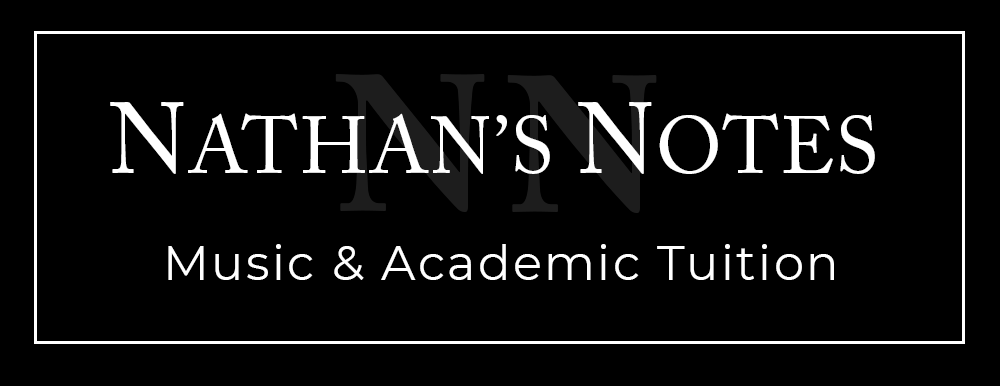HOW WE TEACH PIANO
We travel to students and teach them in their own homes or remotely online. We teach both adults and children in mainly 60 minute, 45 minute and 30 minute lessons. However, extended lessons can be arranged for individual circumstances. Beginners and more advanced students welcome.
We offer:
The opportunity to work towards piano grades.
Incentives and rewards are offered for children, providing them with a real sense of achievement and encouragement.
Encouraging children to become motivated to learn a new skill can seem like a challenge. This is why we have tailored our piano lessons for our younger clients to make them fun, enjoyable and engaging.
The cost of the lesson depends upon how far the student is located. We are happy to provide a variety of contacts for references on request.
YOUR TUTOR

NATHAN EAGAN
Associated Board of The Royal Schools of Music
Bachelor of Arts with Honours
HOURLY RATES
A full fee cancellation fee is applicable for cancellations of 24 hours or less.
If you do not live within the Oxford area, we are happy to provide you with an hourly rate - depending upon your location.
£40
Per Hour
£30
45 Minutes
£20
30 Minutes
ABOUT PIANO
The piano is an acoustic, stringed musical instrument invented in Italy by Bartolomeo Cristofori around the year 1700. The strings are struck by wooden hammers that are coated with a softer material. It is played using a keyboard, which is a row of keys (small levers) that the performer presses down or strikes with the fingers and thumbs of both hands to cause the hammers to strike the strings.
The word piano is a shortened form of pianoforte, the Italian term for the early 1700s versions of the instrument. The name was created as a contrast to harpsichord, a musical instrument that does not allow variation in volume; compared to the harpsichord, the first fortepianos in the 1700s had a quieter sound and smaller dynamic range.
Most modern pianos have a row of 88 black and white keys, 52 white keys for the notes of the C major scale (C, D, E, F, G, A and B) and 36 shorter black keys, which are raised above the white keys, and set further back on the keyboard. This means that the piano can play 88 different pitches (or "notes"), going from the deepest bass range to the highest treble. The black keys are for the "accidentals" (F♯/G♭, G♯/A♭, A♯/B♭, C♯/D♭, and D♯/E♭), which are needed to play in all twelve keys.
The piano is widely employed in classical, jazz, traditional and popular music for solo and ensemble performances, accompaniment, and for composing, songwriting and rehearsals. Although the piano is very heavy and thus not portable and is expensive (in comparison with other widely used accompaniment instruments, such as the acoustic guitar), its musical versatility (i.e., its wide pitch range, ability to play chords, louder or softer notes and two or more independent musical lines at the same time), the large number of musicians - both amateurs and professionals - trained in playing it, and its wide availability in performance venues, schools and rehearsal spaces have made it one of the Western world's most familiar musical instruments.
[source: wikipedia]
"Music is the one incorporeal entrance into the higher world of knowledge which comprehends mankind, but which mankind cannot comprehend."

